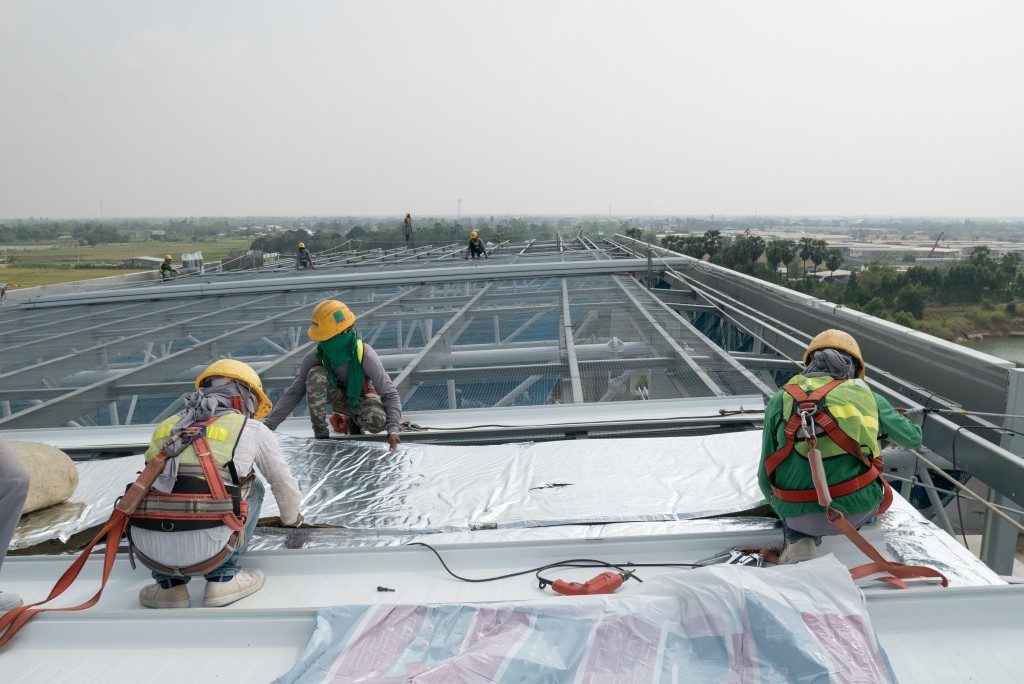We have all probably noticed it, but only a few of us care enough to ask: why almost every commercial building in the Beehive State is crowned with a flat roof. On the contrary, residential properties typically have pitched roofing systems.
Any experienced general contractor in Ogden, Utah will attest that this observation is not exactly a coincidence. Although flat roofing systems may cover houses, there is a reason why they can be found in many of today’s commercial spaces nine out of ten times. Below are the four explanations why commercial property owners gravitate toward flat roofs.
-
They Are Less Costly
Compared to pitched roofs, flat ones require fewer materials to install and are less challenging to apply. In other words, a building manager can save a ton of money just on installation.
Furthermore, commercial properties usually put more value on practicality than beauty. They typically do not need an architectural element that can dominate the skyline and impress the beholder from the ground.
Building managers only care about a roof that is cheap enough not to cause cash flow problems but strong enough to withstand the rigors of nature. In most cases, a flat roof fits the bill.
-
They Provide an Entire Floor’s Worth of Space
A flat rooftop provides a building a new floor with plenty of usable space. Building owners use a walkable rooftop for different purposes, but no use is more popular than storage of HVAC equipment. Moreover, green buildings use the practically level surface of flat roofs to maximum effect for proper placement of solar panels or construction of a garden.
-
They Render Maintenance Much Easier
 One of the drawbacks of flat roofs is susceptibility to moisture. They, even when equipped with an advanced drainage system, do not shed water as efficiently as pitched roofs do.
One of the drawbacks of flat roofs is susceptibility to moisture. They, even when equipped with an advanced drainage system, do not shed water as efficiently as pitched roofs do.
Nevertheless, flat roofs make up for it by being maintenance-friendly. Roofers do not have to risk their lives as much by inspecting low-slope surfaces. Other tradespeople, such as heating and cooling professionals, can also check large pieces of equipment with ease, even when the weather is not exactly fair.
But then again, a commercial roof, flat or not, needs to have critical elements to be considerable maintainable. Apart from good drainage, a maintainable roof should have safe, albeit limited, access, adequate clearance between pieces of equipment and between penetrations, and sturdy pipe support systems, among others.
-
They Lend Themselves to More Efficient Insulation
When it comes to energy efficiency, flat roofs generally deliver exceptional performance because most of their materials can reflect the sun’s infrared light significantly. Since flat roofing systems consist of membranes, they can cover a layer of rigid insulation sheets that contain no gaps and reduce heat transfer continuously.
You can’t say the same thing about pitched roofs that use cavity insulation systems. Pressing fiberglass batts between ceiling joints inherently do not deliver a consistent R-value at every point, which can result in energy loss.
A flat roof is not perfect, but it makes sense to the needs of the commercial property. Talk to an experienced general contractor to help design your entire building’s enclosure and achieve your architectural goals.






